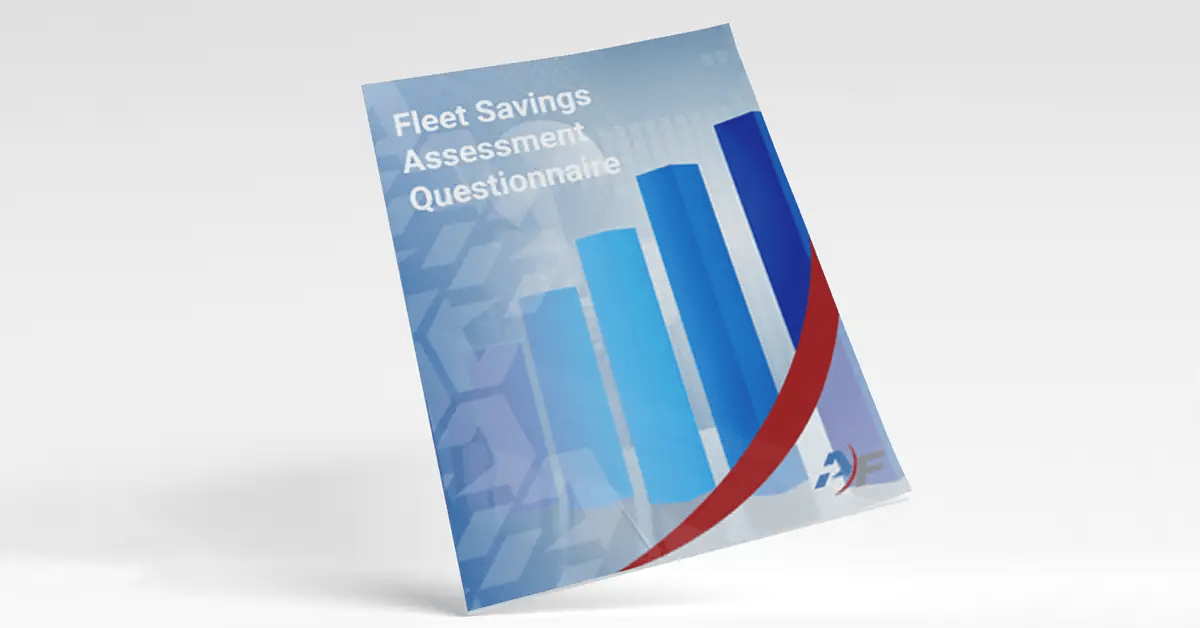Rightsizing: How Do You Define It?
The term “rightsizing” is used so frequently – interchangeably and often incorrectly – that fleet professionals may lose track of its true definition amid so much jargon.
As the U.S. Department of Energy states:
“Fleet rightsizing is a management practice that can help vehicle fleet managers build and maintain an ideal vehicle inventory. Fleet inventories often grow over time to include vehicles that are highly specialized, rarely used, or unsuitable for current applications. By evaluating fleet size and composition, managers can optimize vehicle use, conserve fuel, reduce emissions, and save money on fuel and maintenance.”
There are four key aspects to a properly rightsized fleet.
Quantity
Your fleet carries the right quantity of vehicles, i.e., not too many and not too few. You have enough vehicles to satisfy the requirements of your organization’s mission and the vehicles are easily available to your drivers as needed.
Conversely, you do not have more vehicles than you actually require, which would create waste and areas of financial loss from unnecessary carrying costs derived from too much underused equipment.
Accessibility
Your most-needed vehicle classes are available where they are required, affordably accessible at the location where the work or the drivers are located. Seldom-used classes of vehicles (or vehicle types) are accessible at an easily traveled distance away, and are not needed at each fleet location, therefore it is unnecessary that every location has that vehicle type at the ready “just in case.”
Functionality
Having the right vehicle type/class for the work is crucial. A component of right-sizing is choosing the right class of vehicle and upfitting just enough of the vehicles to do the job. If you know the work your organization does, then you can look at your data and know what size and type of vehicle you need.
Obviously, you would not use a large box truck to transport one or two people, but organizations may buy oversized equipment on the pretense of what they “may” need someday, versus what they “will” need every day, creating waste and added costs.
When procuring a new asset, you should ask: Are the engines large enough to perform the recurring tasks but not oversized. Can the task be accomplished with a two-wheel drive vehicle instead of a 4-wheel drive vehicle?
Form follows function. Tap into your fleet management information system’s reporting to develop the clearest picture of what you actually do year-over-year and compose your fleet to serve your needs. You will find considerable reductions as well as savings from doing so.
Availability
Do drivers have access to vehicles when they are needed? Are vehicles available after hours or on weekends? If access to fleet vehicles requires access to a motor pool office or an outside rental office that is closed, needs go unfulfilled. Your drivers need access to vehicles at the time the job needs to be done.
The knee-jerk reaction to this aspect regularly is “we need more vehicles,” but that’s not true. You need more flexible availability. Systems like Agile Fleet’s key management, in partnership with FleetCommander, gives drivers the ability to make vehicle requests online, retrieve keys through an automated keybox, and have that availability around the clock, all year long, and even on holidays if need be.
That means the vehicles can do more in a day and it will not adversely impact staffing. Through analysis of your fleet’s data, you will find that rather than having three vehicles – one or two of which going unused in the parking lot most of the time – you get the full value from one vehicle without negatively impacting productivity.
Want To Know More?
If you are interested in right-sizing your fleet using fleet automation technology, please reach out to us. Whether you are a veteran to fleet and motor pool management interested in right-sizing, or new to pooling and sharing vehicles, the Agile Fleet team knows the questions to ask to steer you on the right path. And even if our solution isn’t right for you, we will tell you that -- and make recommendations. Our team is made up of subject matter experts that have had a hand in automating more than 100 fleets across the world. No hard sell, just help and advice--tailored to meet your needs.
Talk to us today. Request a consultation here.







